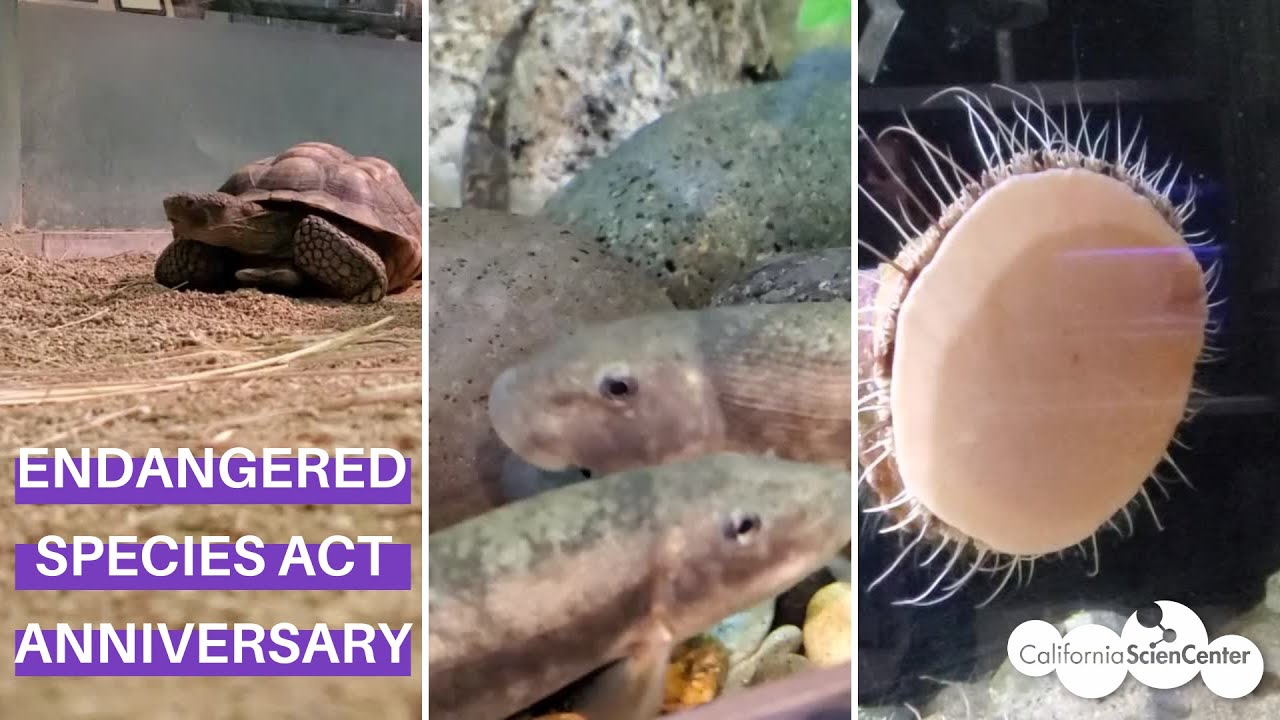- Evolution and impact of the Endangered Species Act of 1973 on wildlife conservation
- Role of zoology and zoo management in supporting endangered species
- Contributions of notable species recoveries and ongoing challenges
- Collaborative efforts among governments, NGOs, and communities
- Future directions for the Endangered Species Act and wildlife conservation strategies
The Endangered Species Act (ESA) of 1973 marks a significant milestone in wildlife conservation. As it reaches a notable anniversary, it’s crucial to reflect on its evolution and ongoing impact. Initially, the ESA was enacted in response to the growing awareness of the declines in wildlife populations and the loss of biodiversity. This comprehensive law provides a critical framework for the conservation and recovery of threatened and endangered plant and animal species. Over the years, the ESA has evolved to include a broader array of species and habitats, aiming to preserve the natural heritage of the United States.
The impact of the ESA on conservation efforts has been profound. Through scientific research, conservationists have identified the primary threats to various species, such as habitat destruction, climate change, and over-exploitation. The ESA enables the listing of species as endangered or threatened based on scientific data, offering them federal protection. This protective status restricts harmful activities and promotes conservation measures. The initiative has resulted in significant recoveries for certain species, reflecting its effectiveness in halting declines and fostering population growth.
Zoology and zoo management have played an instrumental role in supporting endangered species under the ESA. Zoos have transformed from being merely places of recreation to centers of conservation science. They participate actively in breeding programs, such as the Species Survival Plan (SSP), which ensures genetic diversity and healthy populations of endangered species in human care. These programs have provided critical support for species like the California condor and the black-footed ferret, which faced imminent extinction.
Furthermore, the field of zoology contributes valuable research and insights into the behavior, ecology, and genetics of endangered species. This scientific knowledge is crucial for informing conservation strategies and improving the management of species both in the wild and in captivity. Zoos and zoologists work collaboratively to reintroduce species to their natural habitats, monitor populations, and mitigate threats through habitat restoration and community engagement.
Noteworthy species recoveries under the ESA highlight its success as a conservation tool. The bald eagle, once on the brink of extinction due to pesticide exposure, has made a remarkable recovery, soaring from a few hundred nesting pairs in the 1960s to thousands today. Similarly, the gray wolf has been re-established in parts of its former range, showcasing the efficacy of targeted conservation actions. While these successes are encouraging, many species continue to face challenges, such as the impacts of climate change and habitat fragmentation. Conservationists must address these ongoing threats to build on the achievements of the ESA.
Collaborative efforts are central to the effectiveness of the ESA. Federal and state agencies, non-governmental organizations (NGOs), academic institutions, and local communities work together to implement conservation strategies. This collaboration leads to pooling resources, sharing expertise, and ensuring that conservation actions are well-coordinated and impactful. NGOs play a supportive role by providing funding, conducting research, and raising public awareness about endangered species and the importance of their protection.
The involvement of communities is essential, as local knowledge and practices can inform conservation actions. Community-led conservation initiatives can foster a sense of stewardship and promote sustainable use of natural resources. By involving diverse stakeholders, the ESA not only protects species but also supports the ecosystems upon which people depend.
Looking ahead, the future of the Endangered Species Act and wildlife conservation requires adaptive strategies to address emerging challenges. Climate change is altering habitats and affecting species distributions. Conservationists must implement adaptive management approaches, which involve constant monitoring and adjusting management strategies in response to new information. This proactive method allows for timely interventions in the face of unpredictable future conditions.
Innovative technologies and practices can enhance the effectiveness of conservation under the ESA. Genomic tools offer insights into the genetic diversity of species, helping guide breeding and recovery programs. Remote sensing technology facilitates the monitoring of large or inaccessible habitats, providing accurate data on species distributions and habitat changes.
Education and public engagement are vital components of conservation success. Informing the public about the importance of biodiversity and the threats species face can foster support for conservation actions and policy measures. Educational programs in schools and social media campaigns can raise awareness, engaging a wider audience in the cause of conservation.
The Endangered Species Act anniversary serves as a reminder of the work that remains to be done in the field of wildlife conservation. Conservation efforts require ongoing commitment and collaboration to address the complex challenges that endangered species face today. Through scientific research, collaborative actions, and public engagement, the ESA continues to play a crucial role in the conservation of biodiversity for future generations.
*****
Source Description
In honor of the Endangered Species Act anniversary, we’re highlighting three threatened and endangered species we have housed here at the Science Center: the Mojave Desert tortoise, the Santa Ana sucker, and the white abalone. Learn about these incredible species—and what you can do to protect them—in our Ecosystems gallery!


